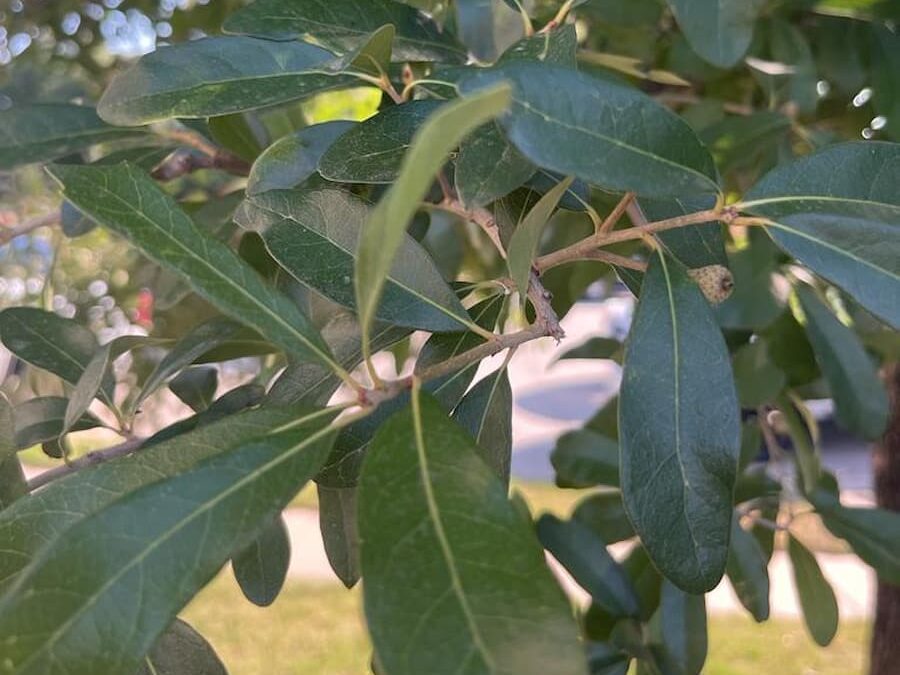This Article Includes: The Oldest Living Oak Tree, Acorn Production & Peak Productivity, & Lifespan Variations
Oak trees, with their majestic presence and longevity, have long fascinated humans. There are many misconceptions surrounding the lifespan of oak trees, with some believing they can live for up to 1,000 years, while others claim they only survive for a mere 50 years. In this article, we will delve into the average lifespan and cycle of oak trees, debunking these myths and shedding light on the fascinating world of these ancient giants.
The Oldest Living Oak Tree:
The Pechanga great oak, located in California, holds the title for the oldest living oak tree. Estimated to be at least 2,000 years old, this magnificent specimen stands as a testament to the incredible longevity of oak trees. Its age surpasses the commonly held belief that oak trees can only live for a few centuries.
Acorn Production and Peak Productivity:
Oak trees do not start producing acorns until they reach a certain age. Typically, this occurs between 20 to 40 years old. Once they begin producing acorns, oak trees continue to do so throughout their lifespan. However, their productivity peaks around 80 to 120 years of age. During this period, oak trees produce a significant number of acorns, contributing to the regeneration and survival of their species.
Lifespan Variations:
The lifespan of oak trees can vary depending on the species. White oak trees, known for their durability, can live up to an impressive 600 years. On the other hand, red oak trees have a slightly shorter lifespan, averaging around 400 years. These variations highlight the diversity within the oak tree family and the adaptability of different species to their environments.
Environmental Factors:
The environment in which an oak tree grows plays a crucial role in determining its lifespan. Oak trees thriving in forested areas tend to live longer than those in urban settings. The presence of other trees and the protection they provide from harsh weather conditions and human interference contribute to the extended lifespan of forested oak trees. In contrast, urban oak trees often face challenges such as pollution, limited space for root growth, and increased vulnerability to diseases and pests, which can shorten their lifespan.
Interesting Facts:
- Oak trees are known for their deep root systems, which can extend as far as 20 feet below the ground.
- The wood of oak trees is highly valued for its strength and durability, making it a popular choice for furniture and construction.
- Oak trees are often associated with strength, wisdom, and longevity in various cultures and mythologies around the world.
Conclusion:
Oak trees, with their impressive lifespan and cycle, continue to captivate our imagination. While the average lifespan of oak trees may not reach the mythical 1,000-year mark, they can still live for several centuries. The Pechanga great oak, standing tall at over 2,000 years old, serves as a testament to the resilience and endurance of these magnificent trees. Understanding the lifespan and cycle of oak trees not only deepens our appreciation for their beauty but also highlights the importance of preserving their habitats for future generations to enjoy.

